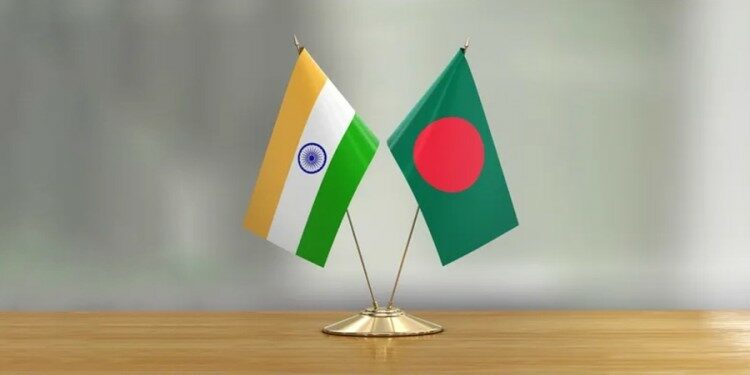The India- Bangladesh CEPA –
- It is likely to focus on trade in goods, services, and investment, with a key objective being the reduction of the trade gap between the two countries.
- The proposed CEPA between Bangladesh and India has three dimensions, namely trade in goods, trade in services, and investment.
- The main target of the proposed agreement is to reduce the huge trade gap between Bangladesh and India and open up new economic opportunities including connectivity, new markets, and cooperation and partnership.
- As Bangladesh prepares to graduate into a developing nation by 2026 after which it may no longer qualify for trade benefits that it currently enjoys as a least-developed country, it is keen to clinch the CEPA in a year.
How is a Comprehensive Economic Partnership Agreement (CEPA) different from FTA?
- As the name suggests, CEPA is more comprehensive and ambitious than an FTA in terms of partnership across a wider coverage of areas and the type of commitments.
- While a traditional FTA focuses mainly on goods; a CEPA is more ambitious in terms of a holistic coverage of many areas like services, investment, IPR, government procurement, disputes etc. Secondly, CEPA looks deeper at the regulatory aspects of trade than an FTA.
Existing frameworks-
The current institutional frameworks for trade and investment include:
- During the visit of Prime Minister Modi to Bangladesh in June 2015, the bilateral trade agreement between the two countries was renewed for a period of five years with a provision for auto renewal.
- Under the provisions of the South Asian Free Trade Area (SAFTA), Bangladesh extends preferential tariffs to Indian exports of products outside the ‘sensitive list’.
- In 2011, India announced duty-free, quota-free access to Bangladesh for all tariff lines except tobacco and alcohol.
- An Agreement on Promotion and Protection of Investments has been in force since 2011.
- Joint Interpretative Notes to the agreement were signed during the visit of the Indian Finance Minister to Bangladesh in October 2017.
- To facilitate trade and transit through inland waterways, a Protocol on Inland Waterways Trade and Transit (PIWTT) has been in place since 1972.
- The PIWTT too was renewed for a period of five years with a provision for auto renewal in 2015.
- The protocol allows the movement of goods by barges/ vessels on eight routes between points in India and Bangladesh, as well as between points in India through Bangladesh.
- Direct sea movement of containerized/ bulk/ dry cargo began after the signing of a Memorandum of Understanding (MoU) on Coastal Shipping in June 2015.
- MoUs were signed in 2015 on the use of the Chittagong and Mongla Ports for Movement of Goods to and from India.
- The MoU on Border Haats on the India-Bangladesh border was renewed in April 2017 during the visit of Prime Minister Hasina to India.
Currently, four Border Haats — two each in Meghalaya (Kalaichar and Balat) and Tripura (Srinagar and Kamalasagar) — are functional.
India & Bangladesh Trade relations-
- In 2021-22, Bangladesh has emerged as the largest trade partner for India in South Asia and the fourth largest destination for Indian exports worldwide.
- Exports to Bangladesh grew more than 66 per cent from $9.69 billion in FY 2020-21 to $16.15 billion in FY 2021-22.
- India is Bangladesh’s second biggest trade partner, and its largest export market in Asia.
- Despite Covid-19 related disruptions, bilateral trade grew at an unprecedented rate of almost 44 per cent from $10.78 billion in 2020-21 to $18.13 billion in 2021-22.
- India’s main exports to Bangladesh are raw cotton, non-retail pure cotton yarn, and electricity, and its main imports from the country are pure vegetable oils, non-knit men’s suits, and textile scraps.
















